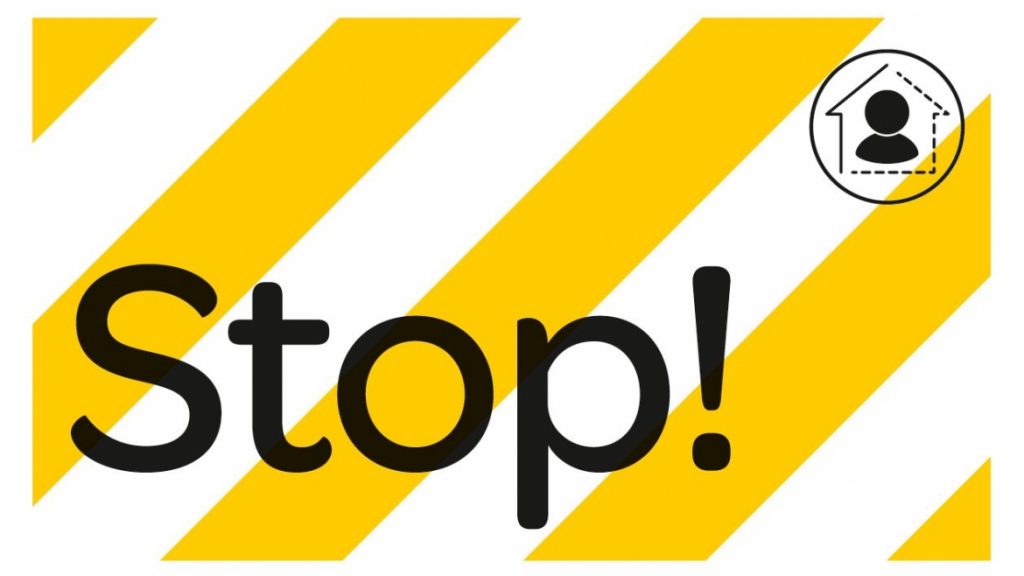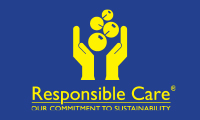As Auckland returns to Alert Level 3 and the rest of the country to Level 2, we must once again adapt the way we work and go about our lives

Four new cases of COVID-19 have been detected in one family in South Auckland. There are no known links to travel or to managed isolation and quarantine facilities.
“This means there are almost certainly other active cases of COVID-19 present in Auckland at the moment, so it is important that we behave accordingly,” says University of Auckland Professor Shaun Hendy.
“Everyone in New Zealand should take the necessary precautions, including wearing masks if you can, especially in close indoor settings. Remember that not everyone can wear a mask, so wear yours if you can to protect them.”
“Minimising movement between regions is now more important,” says University of Otago Associate Professor Garry Nixon.
“It risks not only putting undue pressure on stretched rural health services, it also risks introducing the virus into communities at lower alert levels, where it can spread more easily.
“For the same reasons, those returning to regional and rural areas after time in Auckland should act as if they were at Level 3, at least until the extent of the outbreak becomes clearer.”
“It’s quite possible a case we don’t yet know about has travelled outside of Auckland and it would be easy for the virus to spread, so everyone needs to get back to social distancing, work from home if you can, wear a mask if you need to go out, and get tested if you feel sick,” says University of Canterbury Professor Michael Plank.
“This is a timely reminder that we all need to be engaged with contact tracing processes,” says Dr Andrew Chen.
“This means keeping good records of who we have been in close contact with, and where we don’t know who the people around us are, keeping records of where we have been at what times. When new cases appear in the community, contact tracers will want at least two weeks worth of records to help them identify who else may have been exposed to the virus.
Chen says there are a number of tools that you can use to help collect and record this information.
“The most important is the government’s NZ COVID Tracer app, which can help you keep logs of your movements by allowing you to scan QR codes for businesses. The app now also has a manual entry functionality that allows users to enter records for places that do not have QR codes available. Based on the design of the app and the rules governing how the data is handled, the privacy risk is very low and it should be safe to use.
“This is also a timely reminder that businesses should display the NZ COVID Tracer QR code, so that their customers and visitors can easily add to their records. This is an important part of protecting both your customers as well as your employees, so that they can be identified and notified quickly in the event that there is an exposure risk.”
Dr Sarb Johal says if you haven’t been washing your hands as frequently as you might have been, step that up. If you haven’t been using the COVID-19 Tracer App as much as you could have been, it’s time to step that up. If you’re a business owner and you’ve stopped displaying your QR code, sort that out.
“Control what you can control. It’s only by acting together, for each other, that we get on top of this again.”
Registered psychologist Jacqui Maguire warns that this is likely to raise a number of emotions, especially for those in Auckland. Anxiety, fear, anger and disappointment are likely.
“New Zealand will need time to emotionally and cognitively adjust to this announcement. Hold compassion and kindness for yourself and others as you adjust, reach out and offer support to those around you. Take one day at a time, practice your wellbeing strategies and hold the hope that we will get through this together.”




